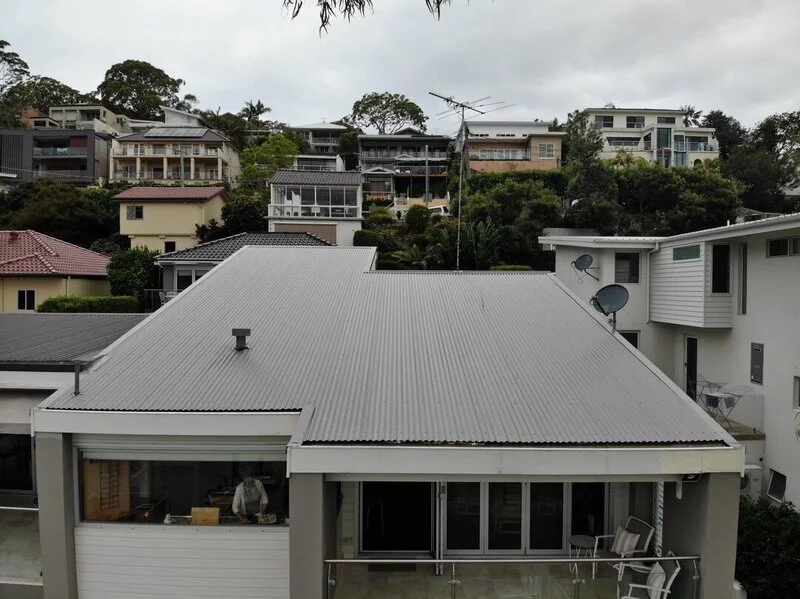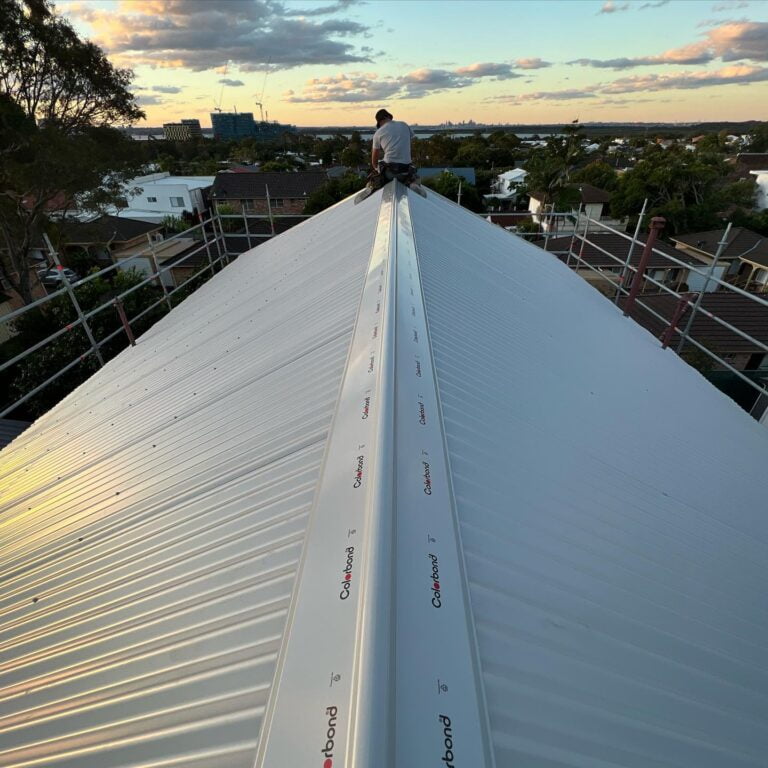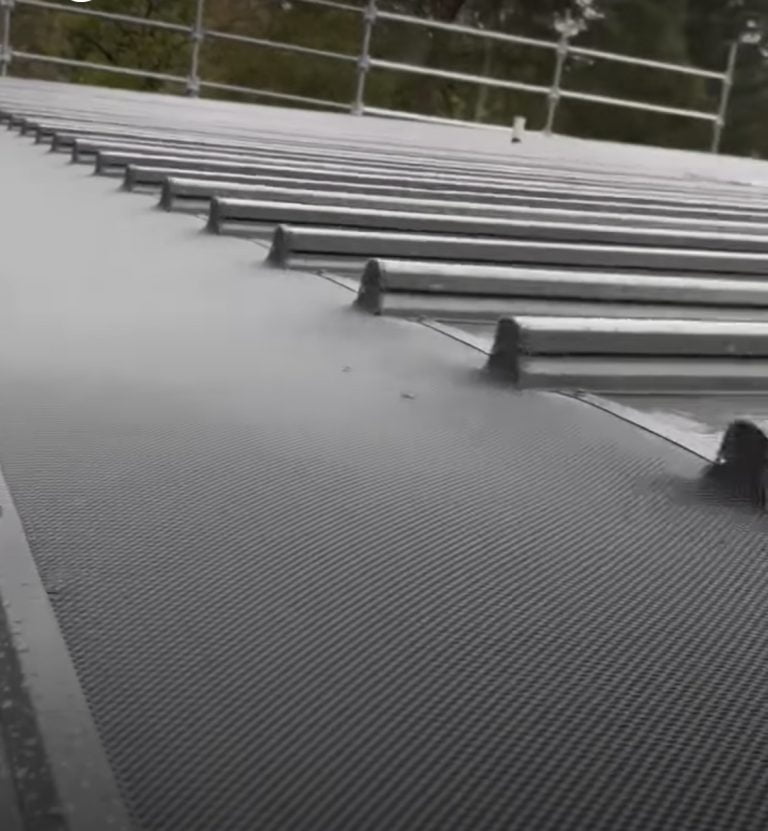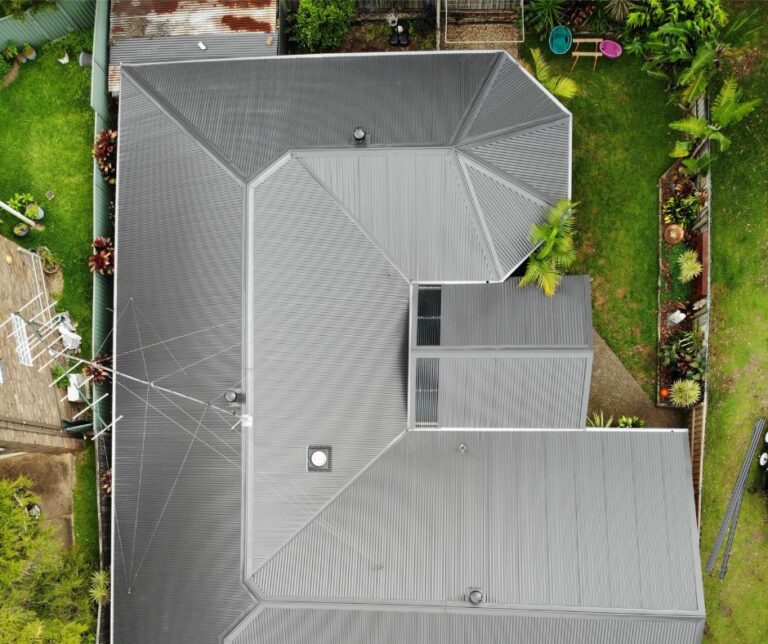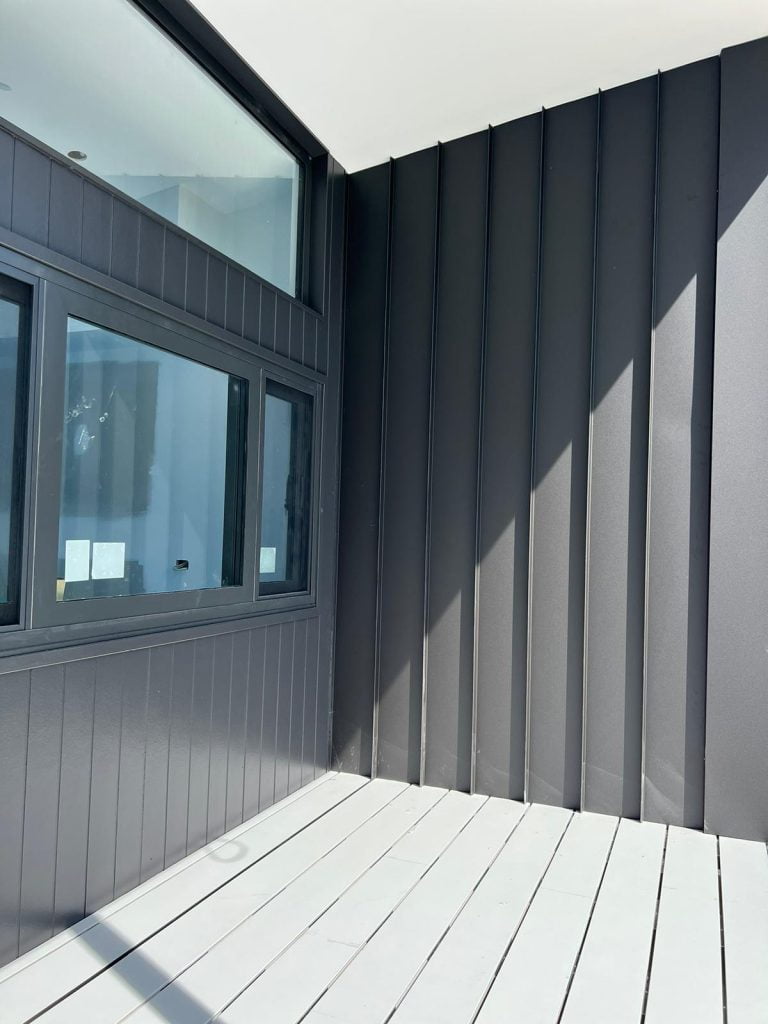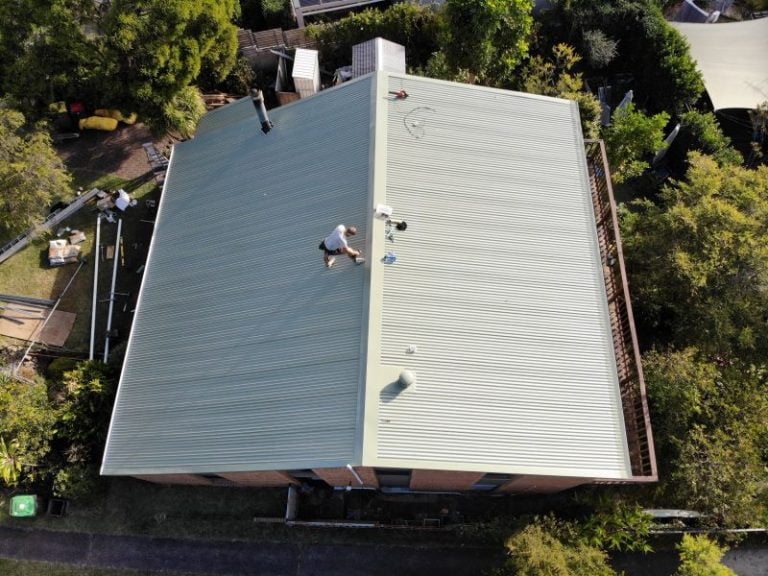What Is A Box Gutter And How Is It Different To Regular Guttering?
Box Gutters vs Eave Gutters
Gutters play an integral part of in helping to prevent water damage to a property.
In Australia there are 2 main styles of gutters and they are Eave gutters and these are what we see on most homes and they sit on the edge of the roof line and are visible.
The other style of gutter is a box gutter and these are hidden from view and are more complicated in the design and construction.
Which Type Of Gutters To Choose?
When your home was designed, the guttering requirements were planned depending on roof size and location. There are calculators used to workout what type of guttering is required. You can see the Australian Building Codes have a rainfall calculator
At some stage if your home has had a renovation or extension, additional guttering maybe required to connect the additional roof sections and this is when box gutters may be added to an existing home.
Irrespective of the type of guttering system you choose, maintenance is crucial for its longevity and effectiveness.

Key Features of Box Gutters: A Detailed Overview
Box gutters, unlike regular gutters, are a unique and integral part of many building designs. They are typically built into the bottom of a roof or into the roof overhang and are often concealed within the structure of the building. This makes them a popular choice for commercial buildings and modern residential designs. Box gutters are designed to handle a high volume of water, making them an excellent choice for areas with heavy rainfall.
They are also less likely to overflow, reducing the risk of water damage to your property.
They are also known for their durability and can be customised to fit the exact dimensions of your roof, ensuring a perfect fit and preventing any potential leaks.
It’s important to note that box gutters require professional installation to ensure proper functionality and longevity and they require regular cleaning to ensure that water is not sitting in the gutter causing corrosion.
Regular Guttering: An Insight into its Characteristics
Key characteristics of regular guttering include its shape, usually half-round or K-style, and its material in Australia is typically aluminium.
The installation process is relatively straightforward, often involving brackets and hangers for support. However, unlike box gutters, regular guttering is not built into the roof itself and is more visible. It’s also worth noting that regular guttering systems require frequent maintenance to prevent blockages and ensure optimal performance.
The undefined aspect of regular guttering is its versatility, as it can be tailored to suit a variety of architectural styles and climates.
| Box Gutter | Regular Gutter | |
|---|---|---|
| Position | Built into the roof structure | Attached to the edge of the roof |
| Material | Stainless steel galvanized steel | Aluminium |
| Maintenance | Minimal due to durability | More frequent due to exposure |
| Water Handling | Can handle large volumes | Suitable for average volumes |

Making the Right Choice: Box Gutters vs Regular Gutters
Modern architectural designs like the look of parapet walls which will lead to the necessity for box gutters integrated into the design of the building, offering a seamless look. .
They are designed to be maintenance free and to allow for large volumes of water into rainwater heads Overflow provisions should be added to prevent internal flooding in torrential rain incidents
Box gutters are often used in commercial buildings with large areas of flat roofing profiles .
Regular gutters are more visible and can be added to almost any type of building, making them a versatile choice.
Essential Maintenance Tips for Box Gutters and Regular Gutters
Box gutters, due to their unique design and construction, often require a different approach to maintenance compared to regular gutters.
For instance, they need to be cleaned more frequently due to their flat bottom design which can easily accumulate debris. Box gutters that needed replacing or repairs can be difficult as the roofing sections need to be lifted so that the gutters can be accessed.
Regular gutters are typically easier to maintain due to their open design on the edge of a roof. However, they are more prone to damage from heavy winds and storms. Regular inspection for any signs of wear and tear, such as cracks or holes, is crucial.
Additionally, ensuring that the downspouts are clear of any blockages can prevent water from overflowing and causing damage to your property.
Frequently Asked Questions
What materials are typically used in box guttering?
Box gutters are typically made from durable materials such as galvanized steel, Colorbond or zincalume. These materials are chosen for their longevity and resistance to weather conditions.
What are the common problems associated with box gutters?
Common problems with box gutters include blockages from debris, corrosion due to lack of maintenance, and leaks due to improper installation or wear and tear. Regular cleaning and maintenance can help prevent these issues.
Are box gutters more expensive than regular gutters?
Box gutters can be more expensive than regular gutters due to the materials used and the complexity of installation. However, they can also last longer and require less maintenance, which may offset the initial cost over time.
Can I replace my regular gutters with box gutters?
Yes, it is possible to replace regular gutters with box gutters. However, this should be done by a professional to ensure proper installation and to avoid potential issues such as leaks or improper drainage.
How often should I clean my box gutters?
It is recommended to clean box gutters at least twice a year, or more frequently if you live in an area with a lot of trees or severe weather conditions. Regular cleaning can help prevent blockages and extend the lifespan of the gutters.

